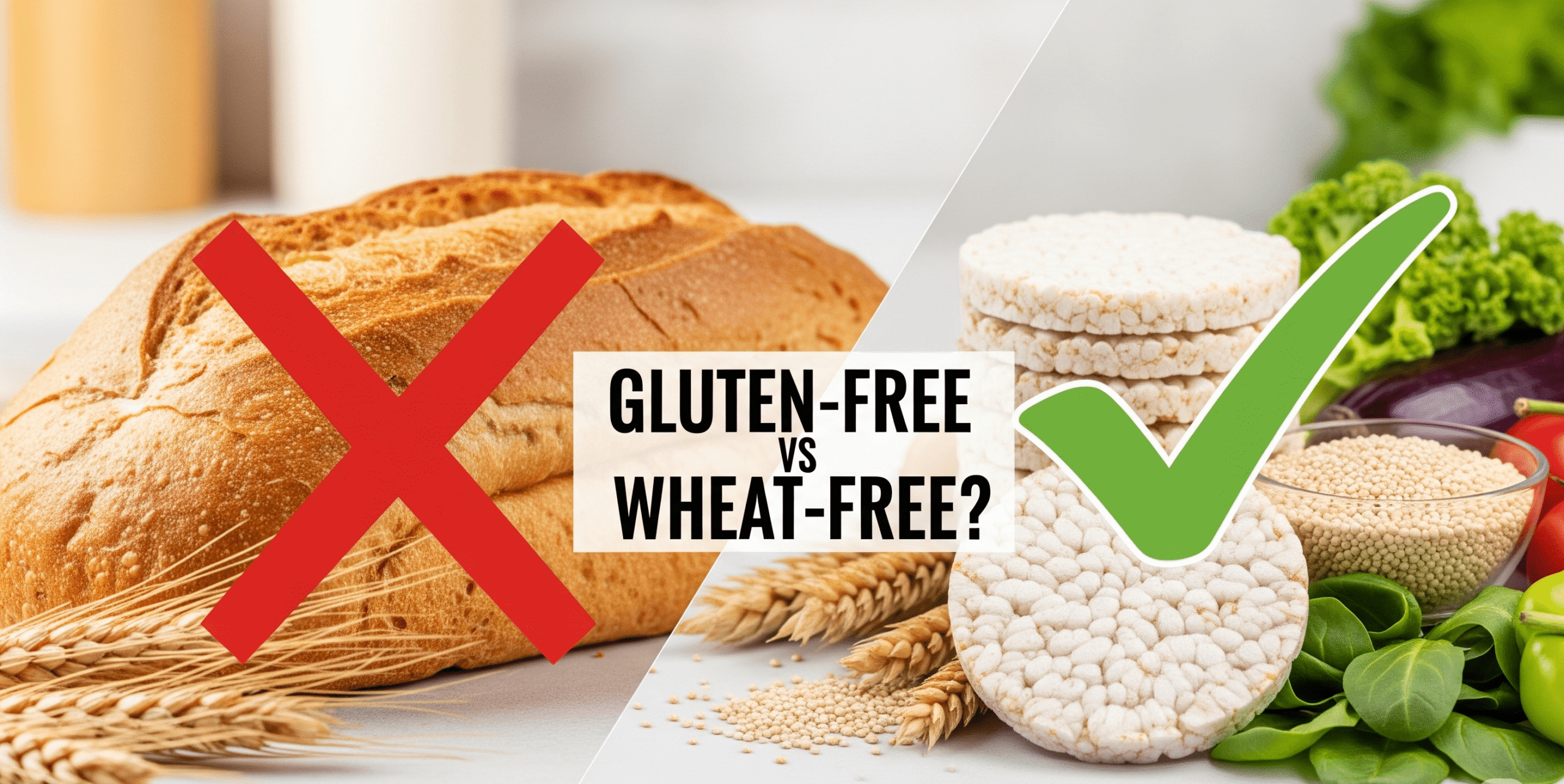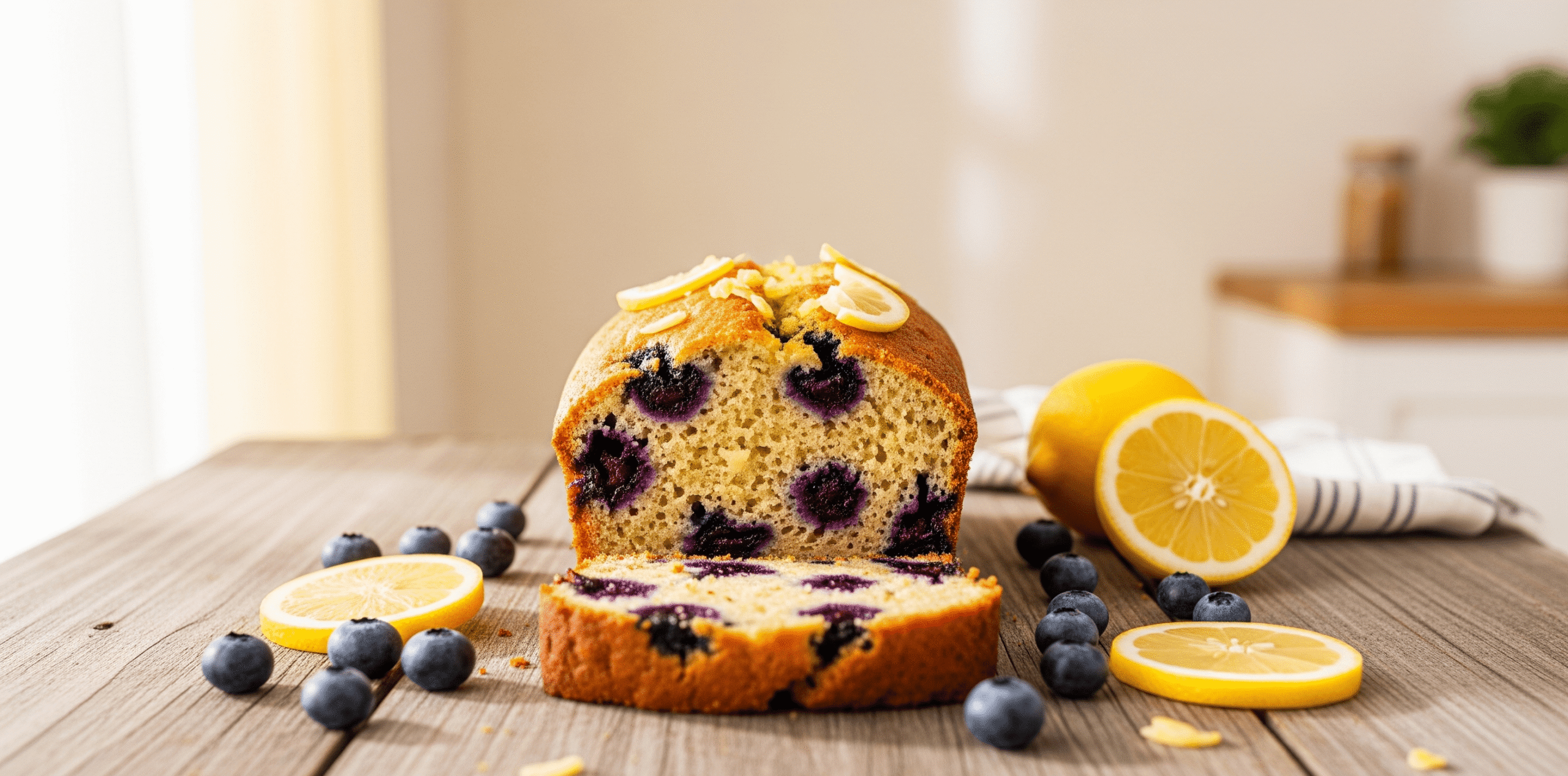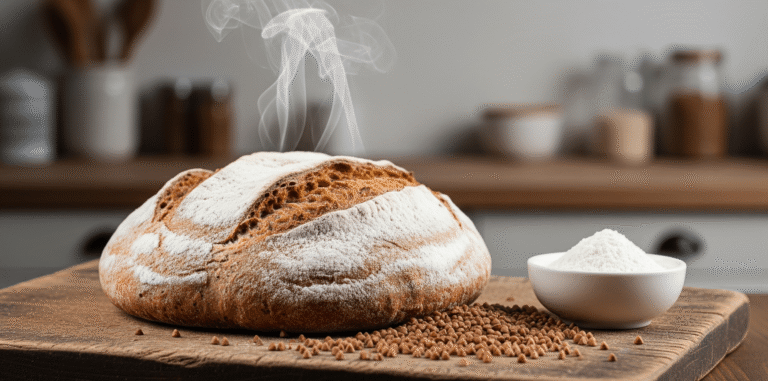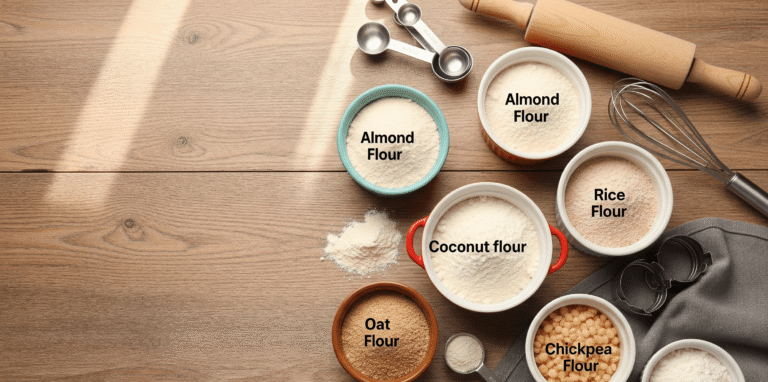Is Gluten-free the same as wheat-free: Everything You Need to Know
The Gluten-free diets have been a decade-long phenomenon, but with the trend comes uncertainty Is gluten-free the same as wheat-free ? Although they might appear to be used interchangeably, the reality is a little more complicated. It’s not simply an issue of health for those who are allergic or have celiac disease—it’s vital to make informed choices when it comes to the foods you eat.
Whether you’re trying to manage a food sensitivity, jump on a health trend, or simply trying to understand those tricky product labels, this blog is your ultimate guide to clearing up the gluten vs. wheat mystery on GlutenFreeDietBook.
What is Gluten?
Gluten is a naturally occurring protein in wheat, barley, rye, and triticale (a hybrid of wheat and rye). It’s what makes bread chewy and pizza dough elastic. But although gluten is delicious, it’s not everybody’s friend.
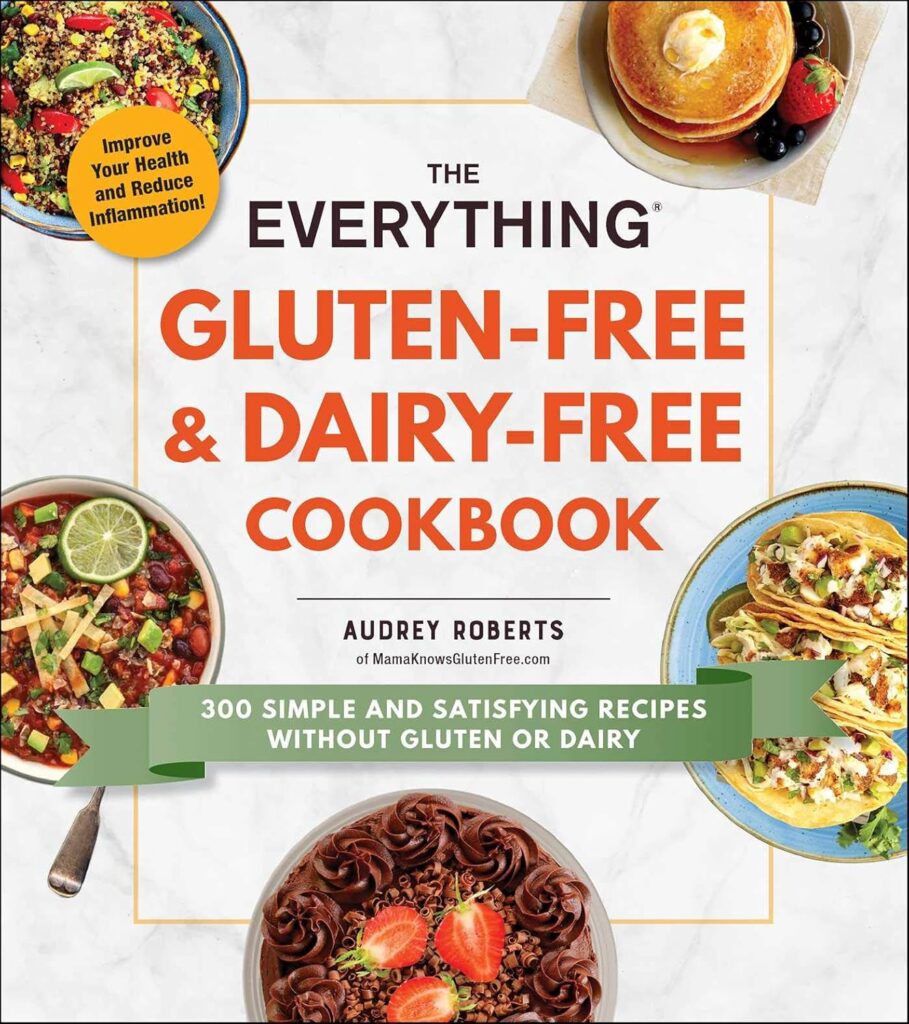
Some individuals develop:
- Celiac disease (an autoimmune condition)
- Non-celiac gluten sensitivity
- Wheat allergy
What Does Wheat-Free Mean?
When a product has the term “wheat-free,” it implies that there is no wheat or wheat derivatives in the product. These are some of the usual ingredients:
- Wheat flour
- Durum
- Semolina
- Spelt
- Kamut
- Farro
But wheat-free is not always gluten-free. That’s because gluten may still be present in barley and rye, which are not wheat but are part of the gluten family.
Gluten-Free vs Wheat-Free
Let’s simplify it to a mere comparison list so you can see the main differences:
| Gluten-Free | Wheat-Free |
|---|---|
| Does not contain gluten (present in wheat, barley, and rye) | Only wheat (and its by-products) are excluded |
| Does not contain wheat | Might still contain gluten (from barley or rye) |
| Does not have barley or rye | Not suitable for individuals with celiac disease unless also gluten-free labeled |
| Safe for individuals with celiac disease | Generally consumed by those with wheat allergy |
| Typically used by individuals with gluten sensitivity or celiac |
Can I eat wheat-free if I’m gluten intolerant?
No, If you’re gluten intolerant or have celiac disease, wheat-free doesn’t cut it. You require a strict gluten-free diet that excludes not only wheat, but also barley, rye, and anything cross-contaminated with gluten.
Is gluten-free safer for people with wheat allergies?
Surprisingly, not always. If you’re allergic to wheat, a gluten-free product may still have barley or rye in it, which won’t irritate your allergy but might be a problem if you’re also intolerant to those grains. Always read labels carefully.
Gluten-Free vs Wheat-Free: Why the Confusion?
This is where it gets confusing:
- Most people think “gluten = wheat” since wheat is the most prevalent grain that contains gluten
- Food manufacturers even use the terms interchangeably in advertising
- Gluten-free are trendier, therefore more obviously labeled, whereas wheat-free labels are less common
But don’t forget, gluten is part of wheat, not wheat itself. Therefore you can eliminate wheat and still have gluten from other sources remaining.
Real-Life Illustrations to Clarify
Here are a few real-life examples of foods that illustrate how these labels differ:
- Oats – Naturally wheat-free and gluten-free unless cross-contaminated in processing
- Rye bread – Not gluten-free but wheat-free
- Quinoa pasta – Often gluten-free and wheat-free
- Barley soup – Wheat-free but with gluten from barley
- Sourdough using spelt – Has wheat and gluten
What should I check on labels?
Here’s what to look for if you’re avoiding:
If you’re avoiding gluten:
- Look for “Certified Gluten-Free” seals
- Don’t use ingredients such as wheat, barley, rye, malt, and brewer’s yeast
If you’re avoiding wheat:
- Search for “Wheat-Free” or “Allergen-Free from Wheat”
- Steer clear of items such as wheat flour, semolina, spelt, couscous, and farina
You may also like:-
Is Sourdough Bread Gluten-Free? Myths, Facts, and Expert Opinions
Gluten-Free Diet for Children: Simple and Tasty Meal Suggestions
Best Gluten-Free Bread Brands 2025: Top Ratings for Taste and Texture
The Health Halo: Should Everyone Go Gluten-Free?
No, Unless you have a medical necessity, going gluten-free isn’t necessarily healthier. In fact, most gluten-free processed foods are:
- Higher in sugar
- Lower in fiber
- Less nutritious
So don’t give up gluten just to be trendy. Pay attention to whole foods, balance, and what your body is really needing.
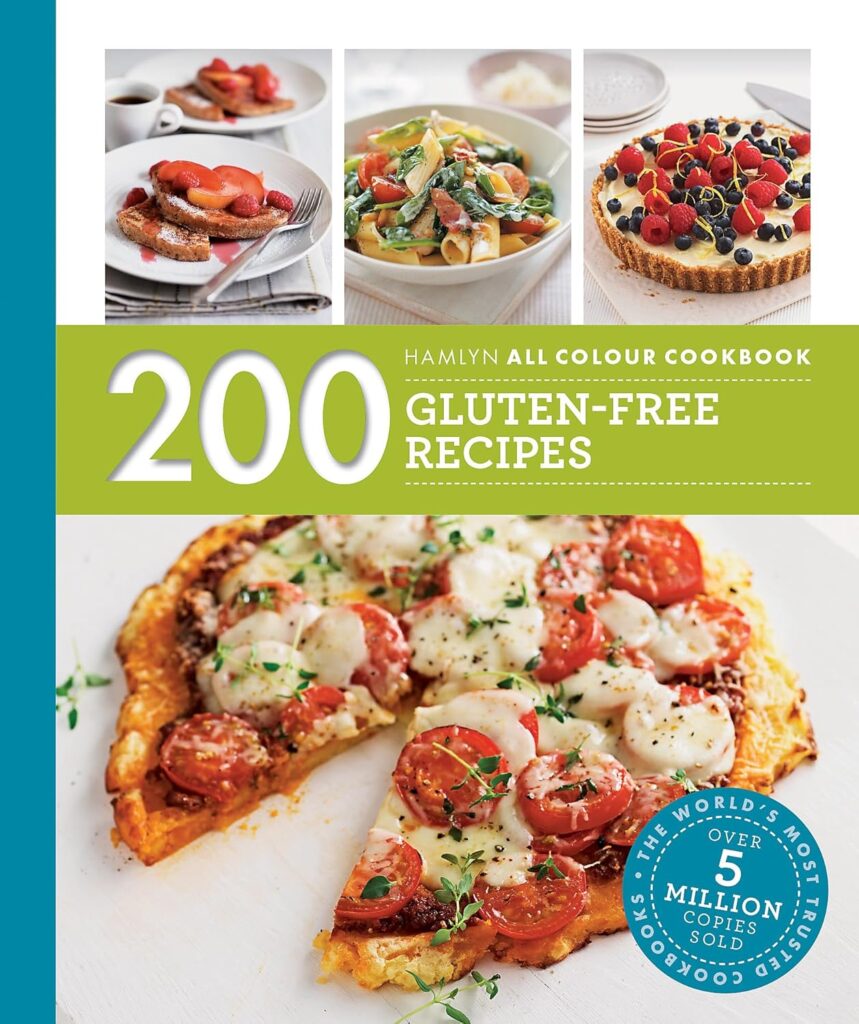
Conclusion:
We can conclude that these both are not same & you have got your answer to is gluten-free the same as wheat-free? Absolutely not. The two can coincide, but they’re not synonymous. Gluten-free is more extensive—it eliminates wheat, barley, rye and is necessary for individuals with gluten intolerance or celiac. Wheat-free is more limited—it simply eliminates wheat but can still have gluten from other grains.
Also Read – Are Cocoa Krispies Gluten Free
